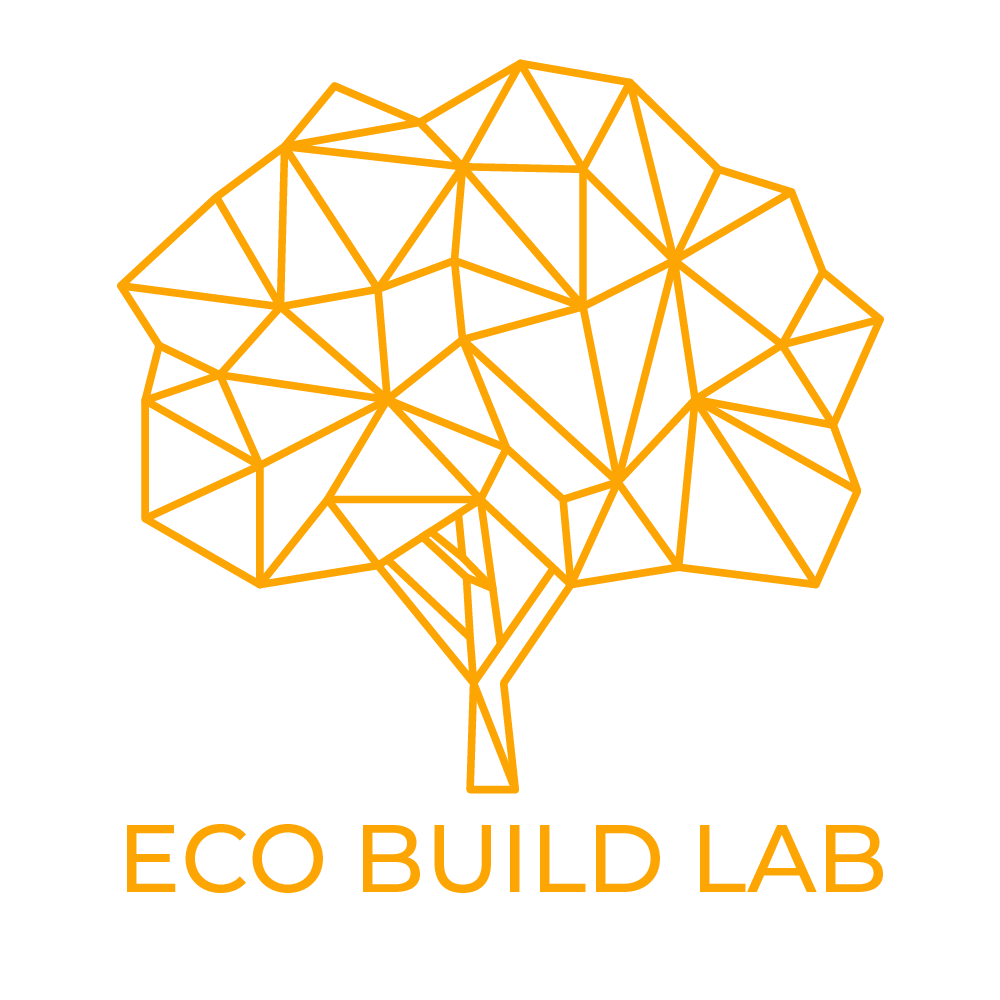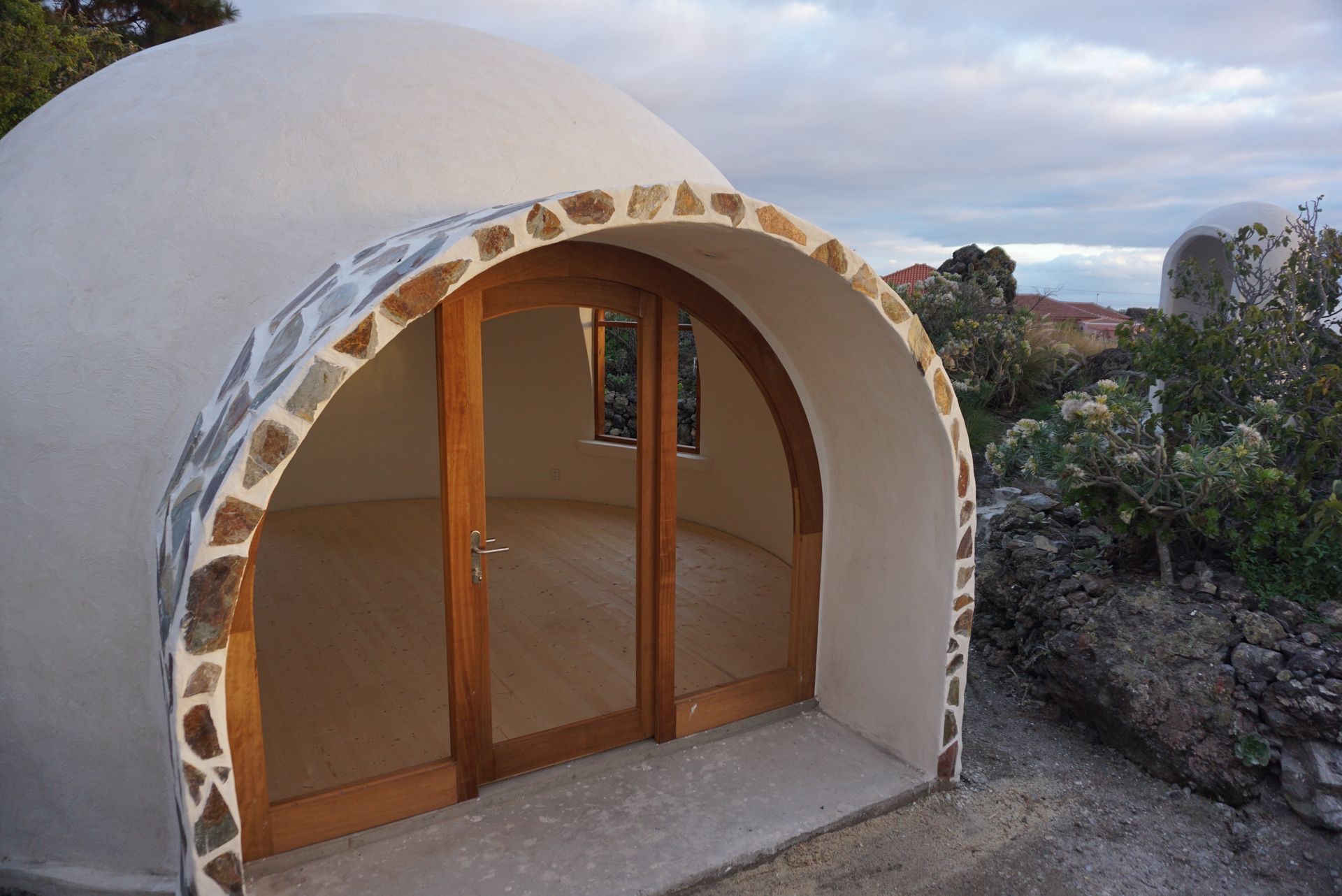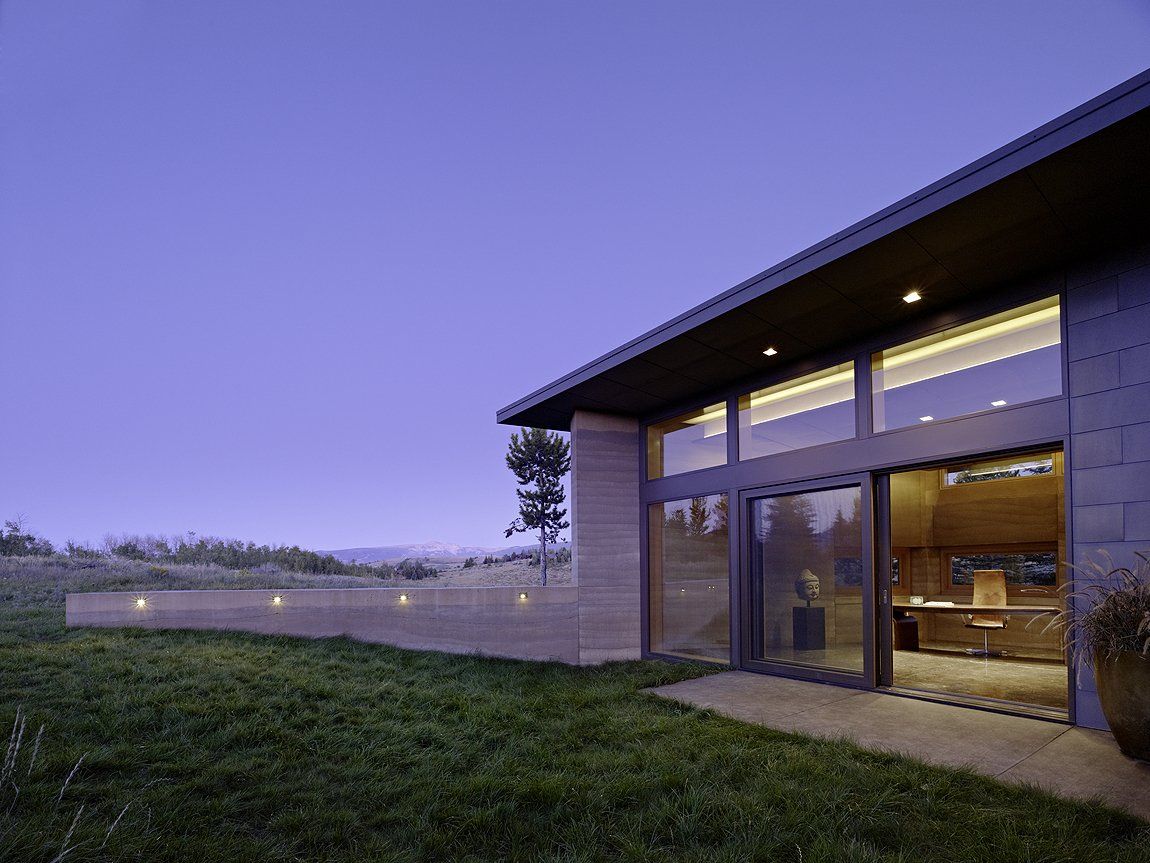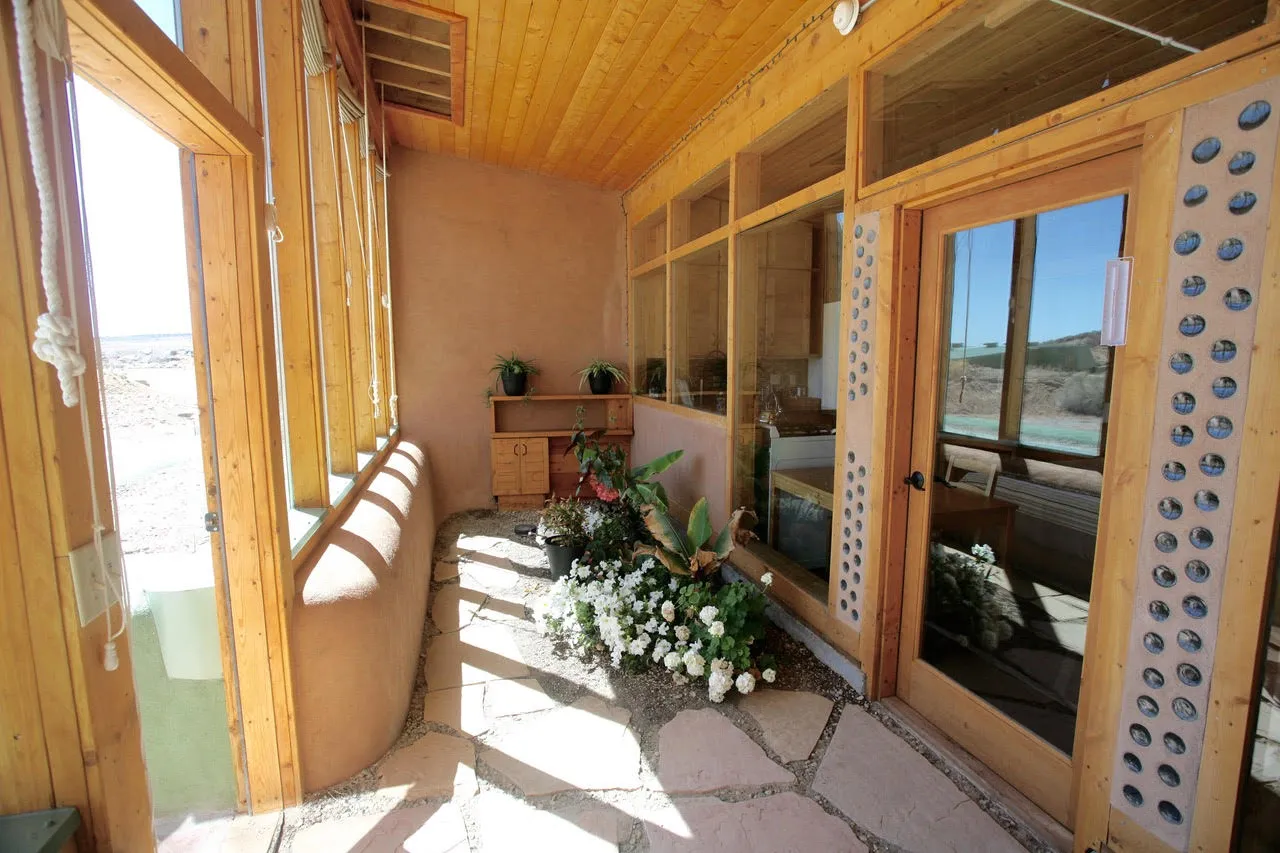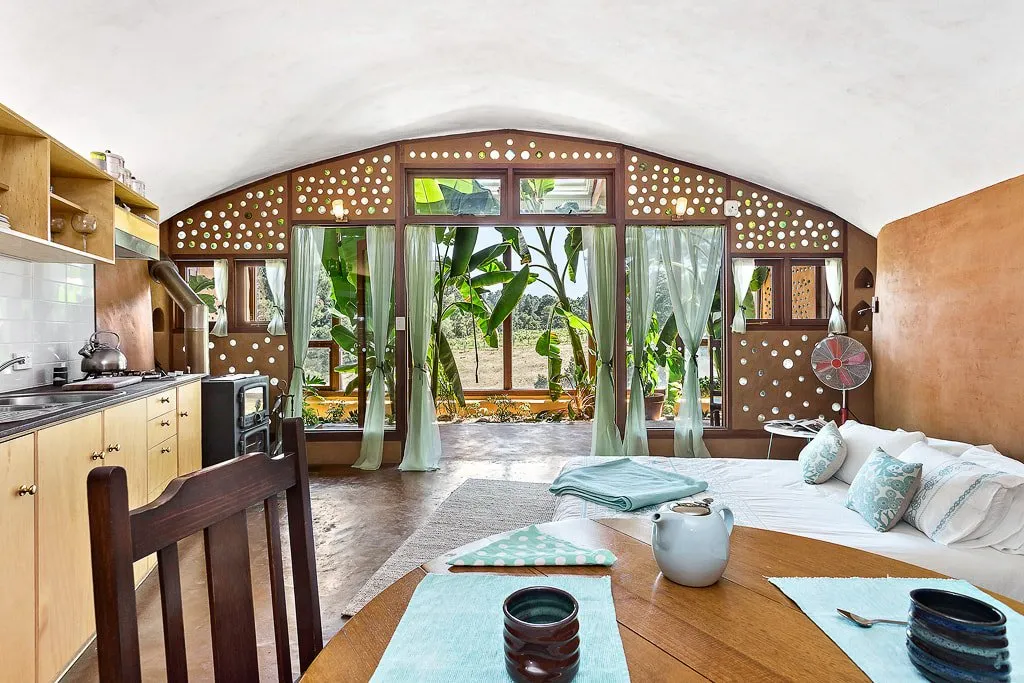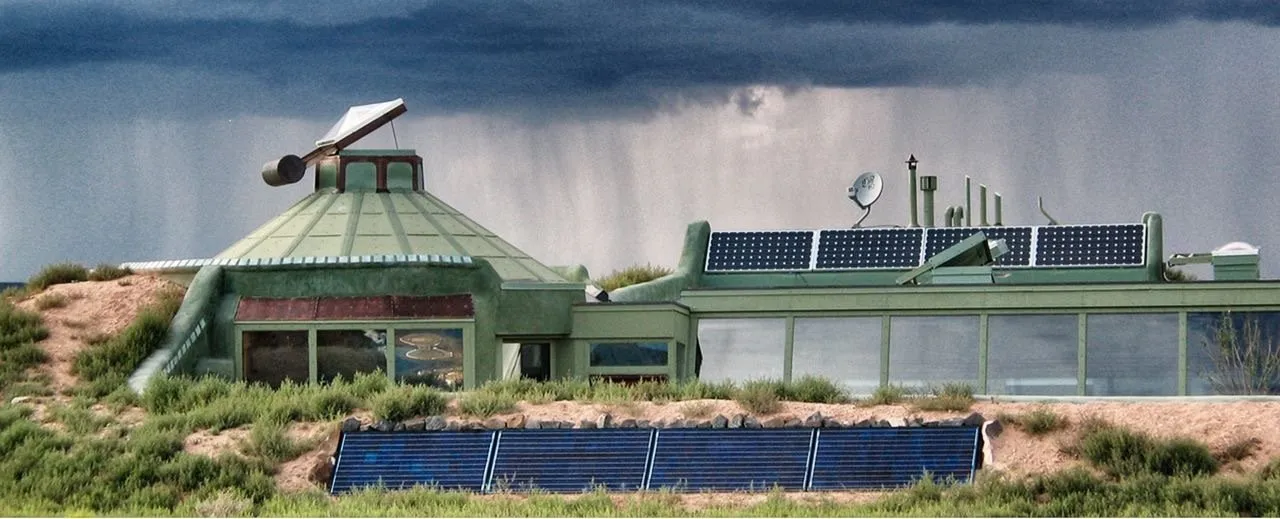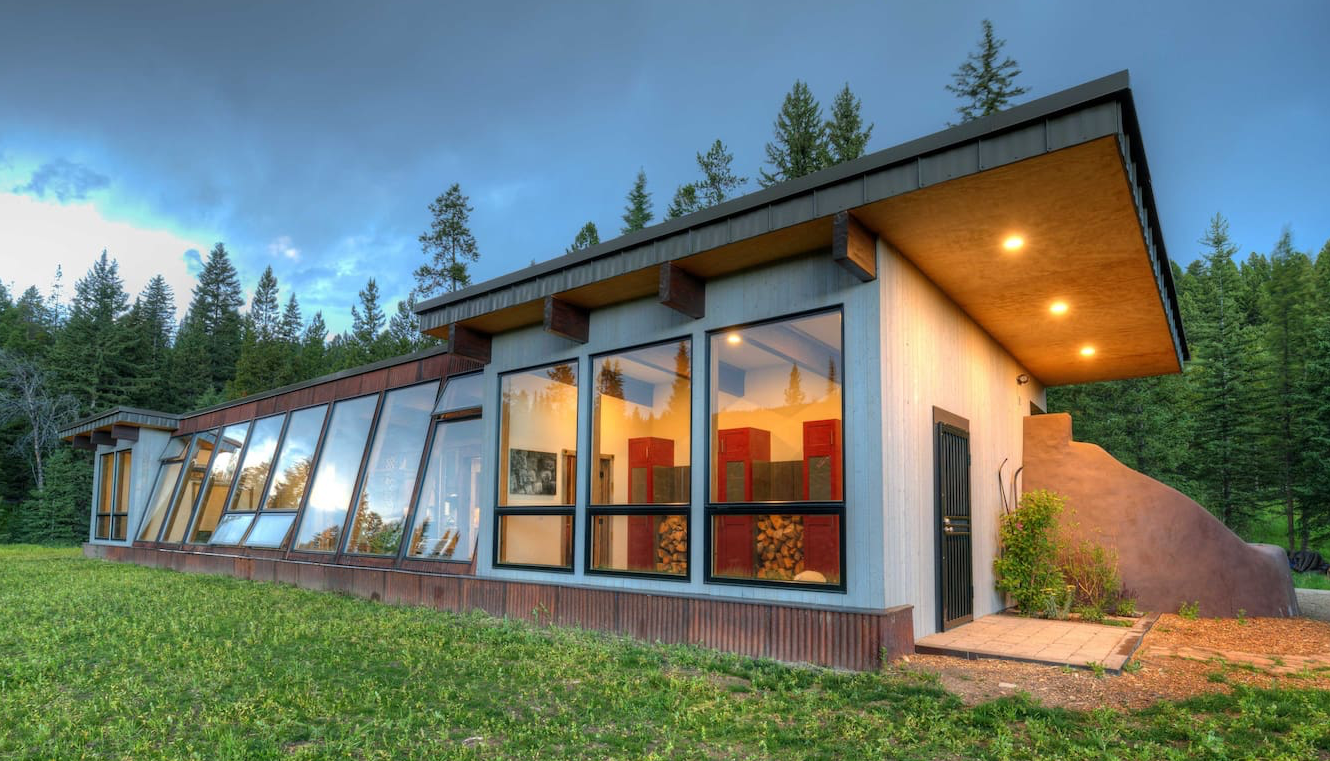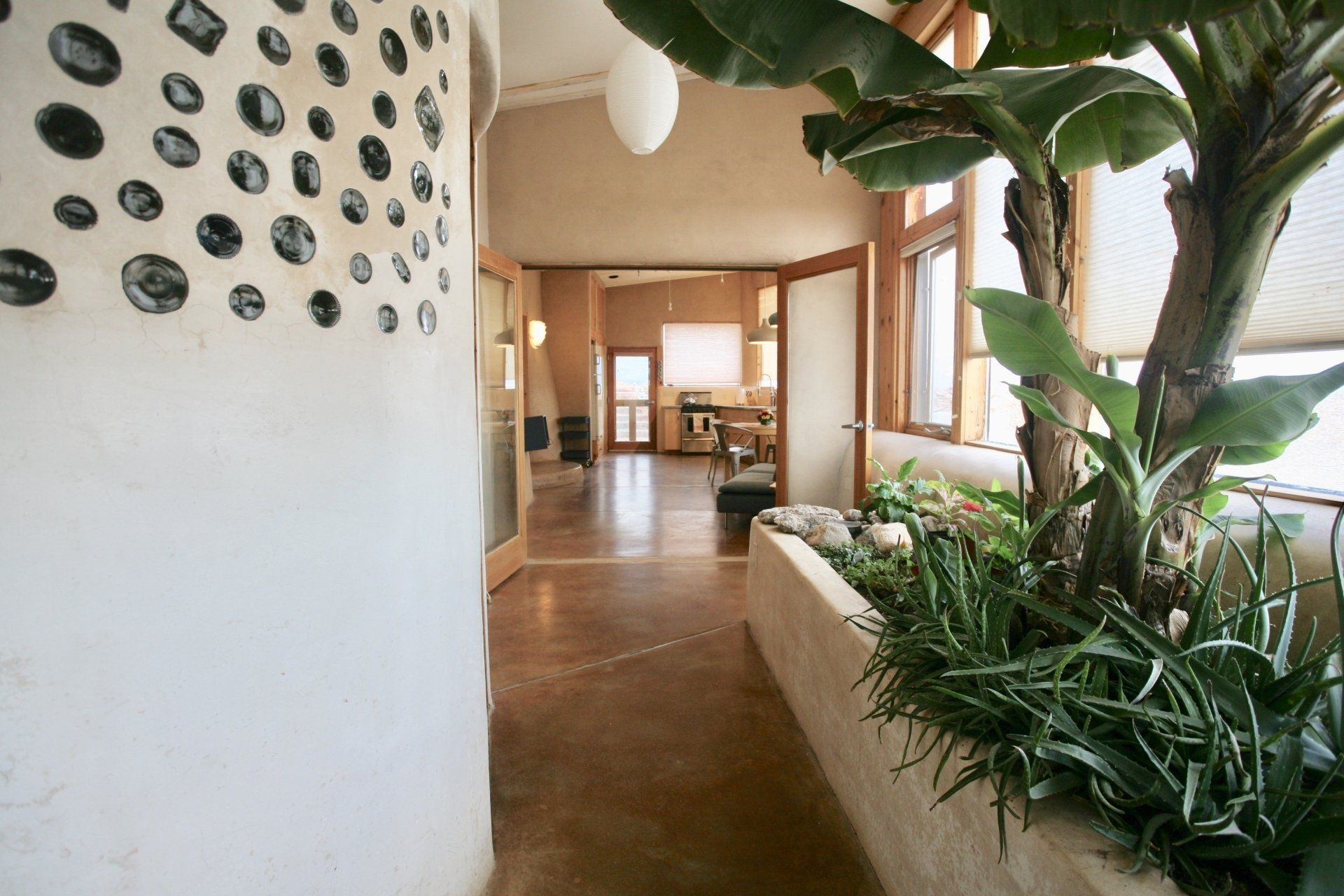It's Time to Cancel the Grid
Kirsten Jacobsen • February 18, 2021
Sorry, grid, you've let us down one too many times.
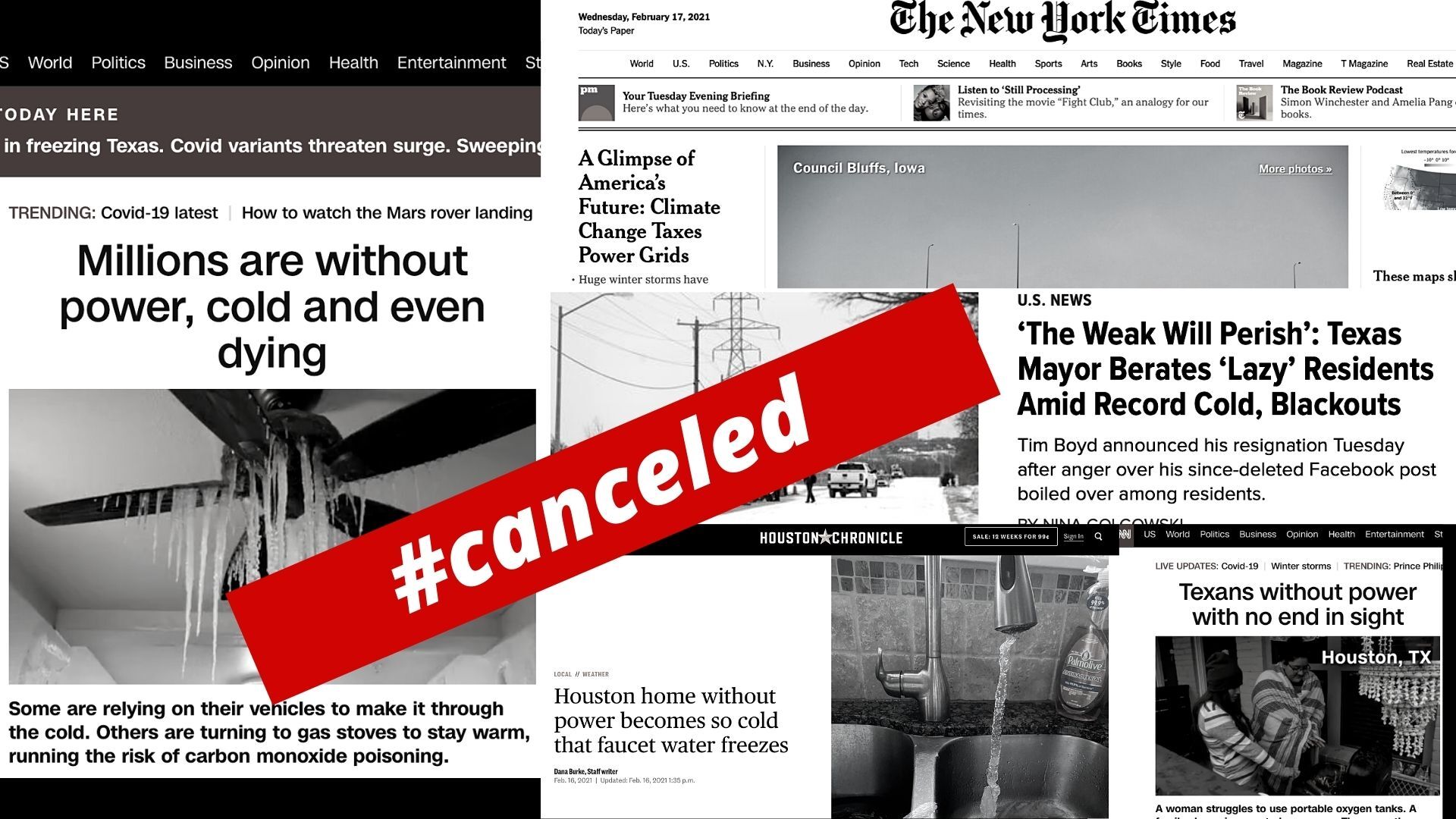
It's Time to Cancel the Grid
The fierce winter blast that brought snow and record cold tempertures to much of the US in the past week has also exposed the grid for what it is: outdated, vulnerable, inflexible, and unreliable. The state that produces the most fossil fuels has the largest number of people suffering without heat, light, or running water. People are sleeping in their cars, risking carbon monoxide poisoning by blasting their gas ovens, crowding in with family members during the pandemic, and burning their childrens' toys to stay warm. This situation, here in the 21st century, in the wealthiest nation on the planet is unacceptable.
"The unfolding power emergency is a reminder modern civilization depends on easily disrupted systems."
Is this the best we can do? In this high tech world, should we be relying on analog, centralized systems to meet our most basic needs? We don't rely on landlines for communication and information any more.
We've known for many years how storms, fires, computer glitches, surging seasonal energy demand and other factors can interrupt the delivery of energy through the grid. Perhaps some of this week's suffering could have been avoided if power operators had been better prepared (a cold snap in 2011 was a warning), but for many reasons it's time to cancel the grid.
There's already talk of putting massive amounts of money into the existing grid to strenghten it. To make these emergencies less impactful. But calamities like this are going to keep on happening because we can't possibly prepare for every anomoly in every location that climate change is going to throw our way. It's a waste of resources to try to prop up this fundamentally failing system.
Homes that provide their own electricity, water, thermal comfort, and sewage treatment are being built right now. They do not rely on outdated infrastructure. They do not have utility bills. And, when the grid goes down, they still have lights, running fridges, working internet, heat, flushing toilets, hot water, and pipes that won't freeze. Each home in every community could do this, be independent. A failure of systems at one house would only affect one house. This is where we should direct renewable energy money and funding for green technologies. This is resilience. This is modernity.
Let's cancel the grid. If you want to learn how, our online courses will become available this Spring. LEARN MORE.
If you want to learn how, our online courses will become available this Spring. LEARN MORE.
SUBSCRIBE
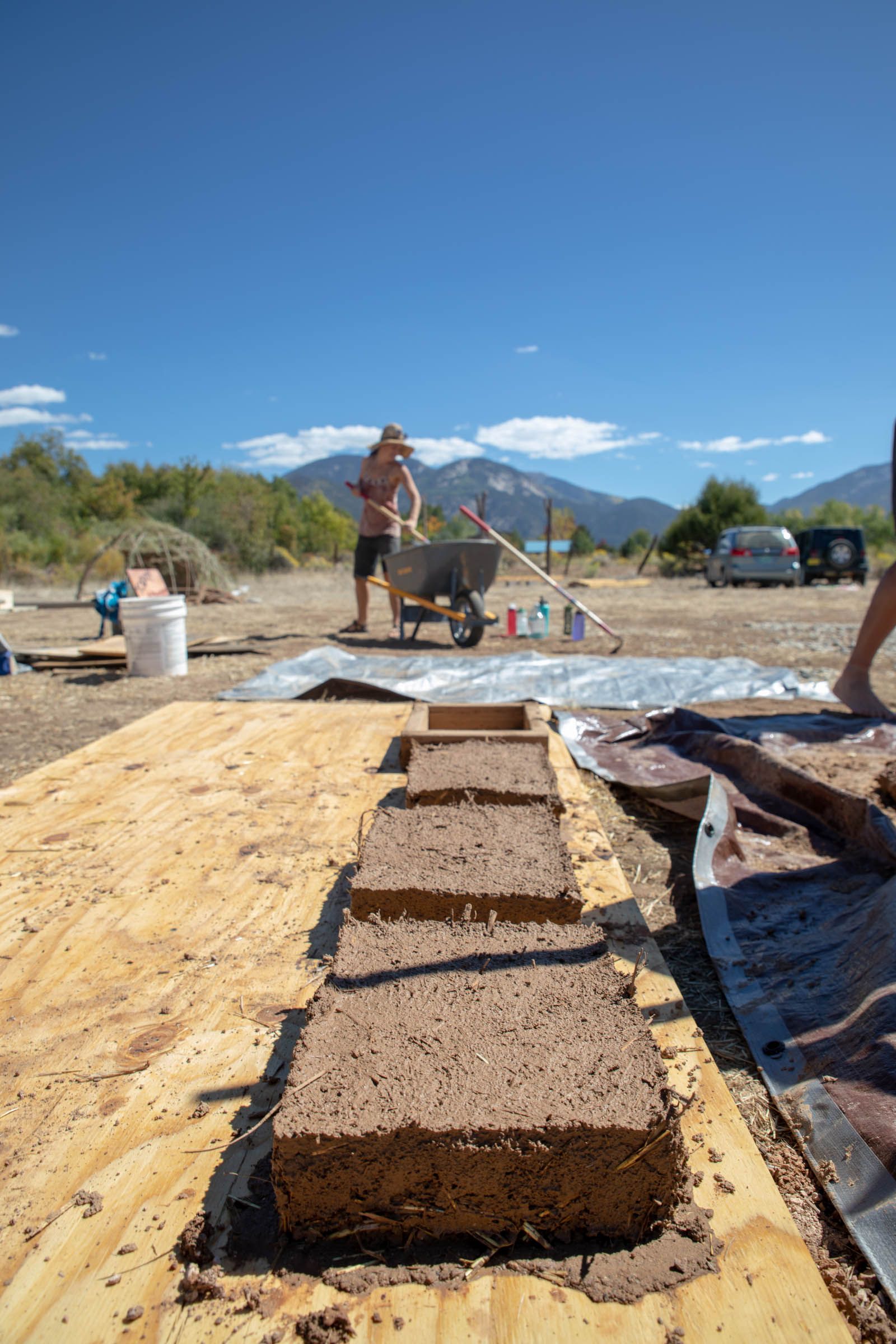
Adobe is more than Photoshop and Acrobat. It’s a building material that has been used for thousands of years! Adobe is a mixture of high-clay content dirt, course sand and long straw. It has excellent thermal mass qualities. The adobe mixture is put into brick forms (standard size is 10”x14”). With the right mixture, the forms will slip right off and the wet bricks are left to dry out in the sun. After the bricks are fully dry, they can be used for construction using typical bricklaying methods. The best mortar to use with adobe bricks is composed of the same materials used to form the bricks- dirt and sand. The mortar mixture is simply a wetter adobe mixture- minus the straw, which is not necessary. In many Southwestern states in the U.S., adobe meets building codes as long as your first two courses of brick are reinforced with a stabilizer (Portland cement or asphalt are commonly used). Adobe works best in dry climates since it does not hold up well against water infiltration. If your building is covered with adobe plaster on the outside, you will, most likely have to re-apply the mud plaster on the exterior of your building every year. One way to not have to re-apply as often is to have large roof overhang to help protect the adobe mud plaster. You could also finish your mud plaster with a lime plaster which is more waterproof, and still allows your building to "breathe". Yet another way to get around this maintenance is to cover the exterior with a cement stucco mixture. Hairline cracks can develop with stucco, so you will need to re-stucco every 5757706203 years, but it will keep the water out, and you will have to reapply much less often than mud plaster. Another downside to stucco is that your bricks won't breathe as well, and your walls may fail or need to be repaired if the bricks are too suffocated. Really, adobe bricks can be finished in a variety of ways! We recommend insulating the exterior of the bricks to take full advantage of their thermal mass capabilities on the inside -this will help you stabilize your interior temperature and possibly help you heat and cool your home under the right circumstances.
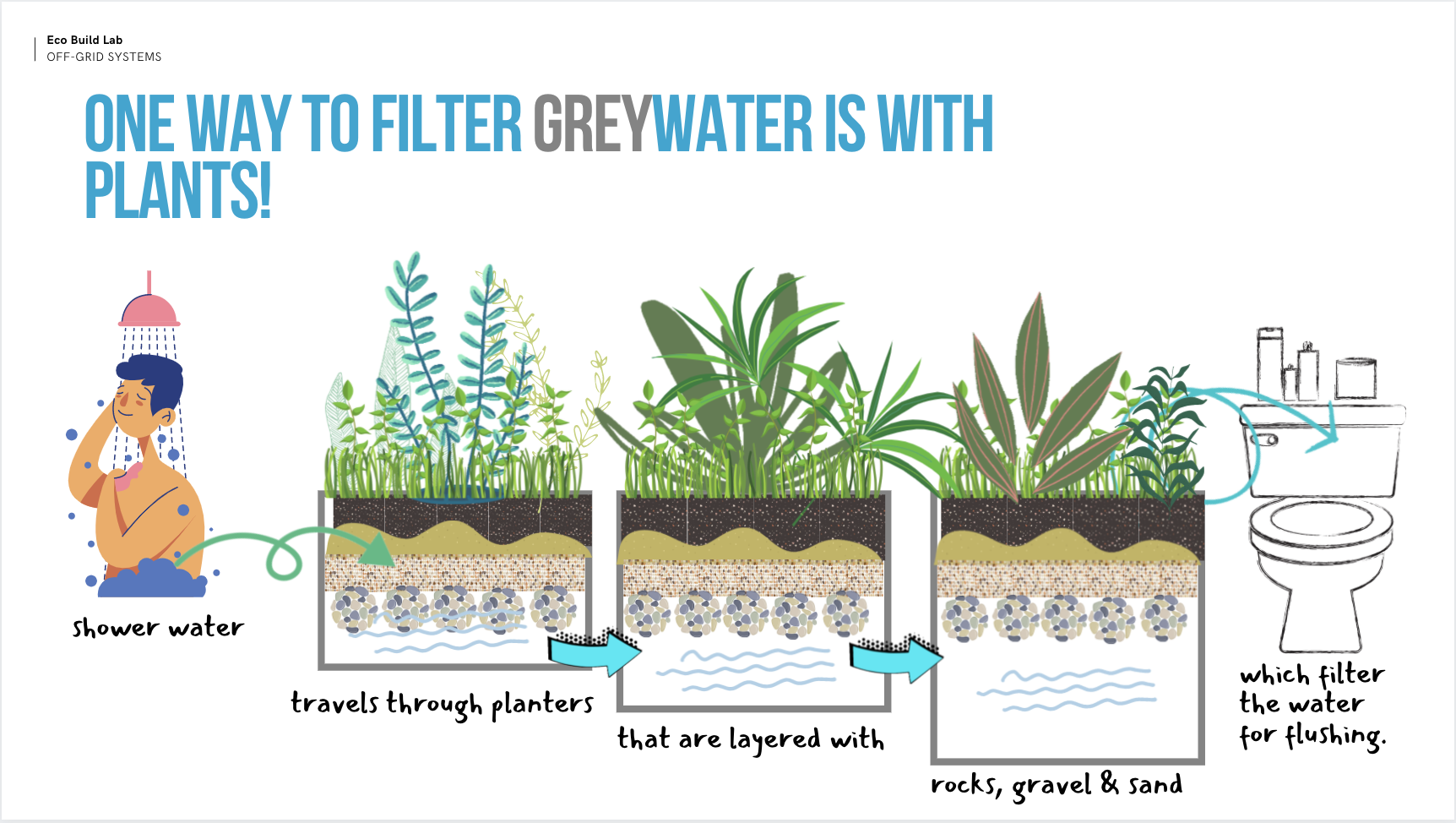
Almost two-thirds of waste water produced in a home is classified as greywater. Greywater is water left over after it has been used for bathing, dishwashing, and laundry, basically any used water in the house except the water from the toilet. This water, while not drinkable, has a much lower volume of pathogens than the black water coming out of the toilet. It is much easier to treat greywater than black water and make it available for landscaping or toilet flushing and it’s legal to do so in states that use the International Plumbing Code. While many states still classify greywater as sewage, some municipalities (especially in desert environments) are looking at the advantages of greywater re-use as it relieves some burden from already overworked sewage treatment plants and reduces the demand for precious fresh water. For the autonomous homeowner those advantages also apply as treating and re-using greywater can reduce the burden on alternative waste water system, potentially improving performance and reducing the frequency of required maintenance. Greywater is also packed with desirable nutrients for plants such as nitrogen and phosphorous which act as fertilizer. Greywater is an amazing source of irrigation for exterior plants. It can also be used to grow food both inside and outside the home. Source separation is the key concept that makes greywater available for use. Conventional plumbing ties all the waste water lines together, mixing the not so dirty greywater, with the very dirty black water and sending it all to either a municipal waste water treatment plant or to an on-site septic system. A house that has alternative waste water treatment systems would be plumbed to separate the water coming out of your bathroom sink, tub/shower, and washing machine drains, and plumbing them to a greywater treatment system. Greywater from the kitchen sink has a high volume of organic matter and either needs to be pre-filtered or sent directly to your black water treatment system.

